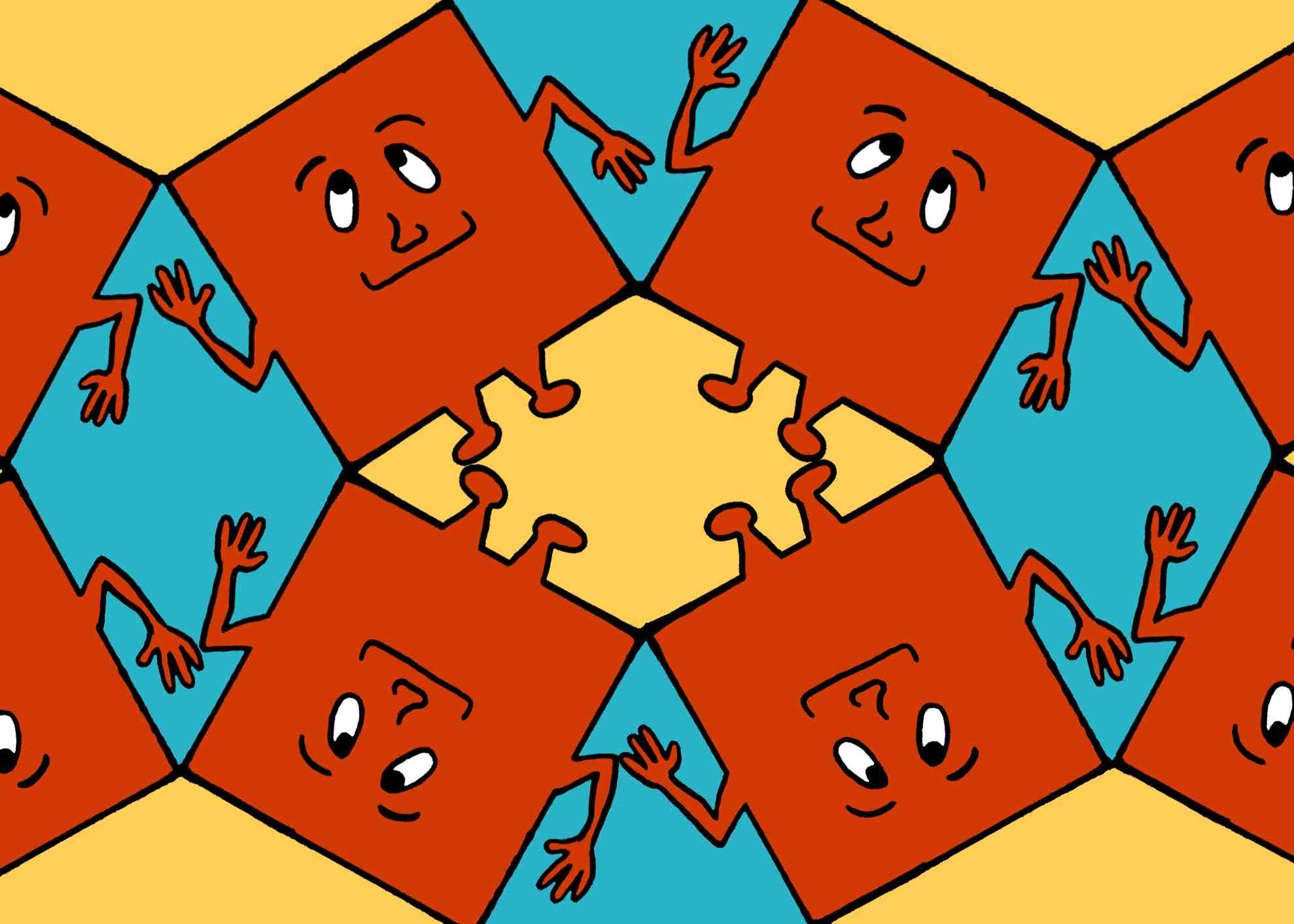
How would that be done? Alternatively if we draw quads between points, with each point being the appriate height, then this wouldn't be a issue. However, if I am correct in Part 1 about using a plane of points then I need to do more than just alter the points that are converted into quads, because quads need to be sharing vertices essentially in order there to be no gaps between quads.
#Easy tessellation how to#
This would be done by reading in a 2Dsampler, I know how to do that and all. If I were able to get that far, the next part would be to alter the z-axis of points to make the plane into an interesting environment. I want the parts closer to the camera to be more tessellated. NOTE: Using GLSL > 4.0 & C only (No C++/Python)Īfter I get part 1 working, how would I make it so that certain quads are more tessellated than others, such as this?:

I believe the answer could to be to draw a plane of points, and these points are then tessellated into more points, and these points are transformed into quads of the appropriate size in the geometry shader I think? Alternatively, instead of converting points into quads could I just draw quads between each four closest points (that would be much better)? Examples very much appreciated! This new edition of Six Simple Twists: The Pleat Pattern Approach to Origami Tessellation Design introduces an innovative pleat pattern technique for. This gallery showcases some examples of tessellations in art and the world at large. Examples of beautiful tessallations in nature are cracking patterns in dried mud or pottery, cellular structures in Biology and and crystals in metallic ingots. How is this typically done? Surely you shouldn't actually draw the plane of quads prior to the shader program, since from my understanding quads won't get tessellated this way, instead the get tessellated into a way like the below picture: Tessellations are observed in some works of great artists like M.C.

However I am so new to tessellation shaders that I can't even figure out how to do this. How much it gets tessellated would depend on user controls, passed in by a uniform (initially). So I want to create a basic tessellation program that takes a plane of quads and transforms it into a more, well, detailed/tessellated plane of quads.


 0 kommentar(er)
0 kommentar(er)
